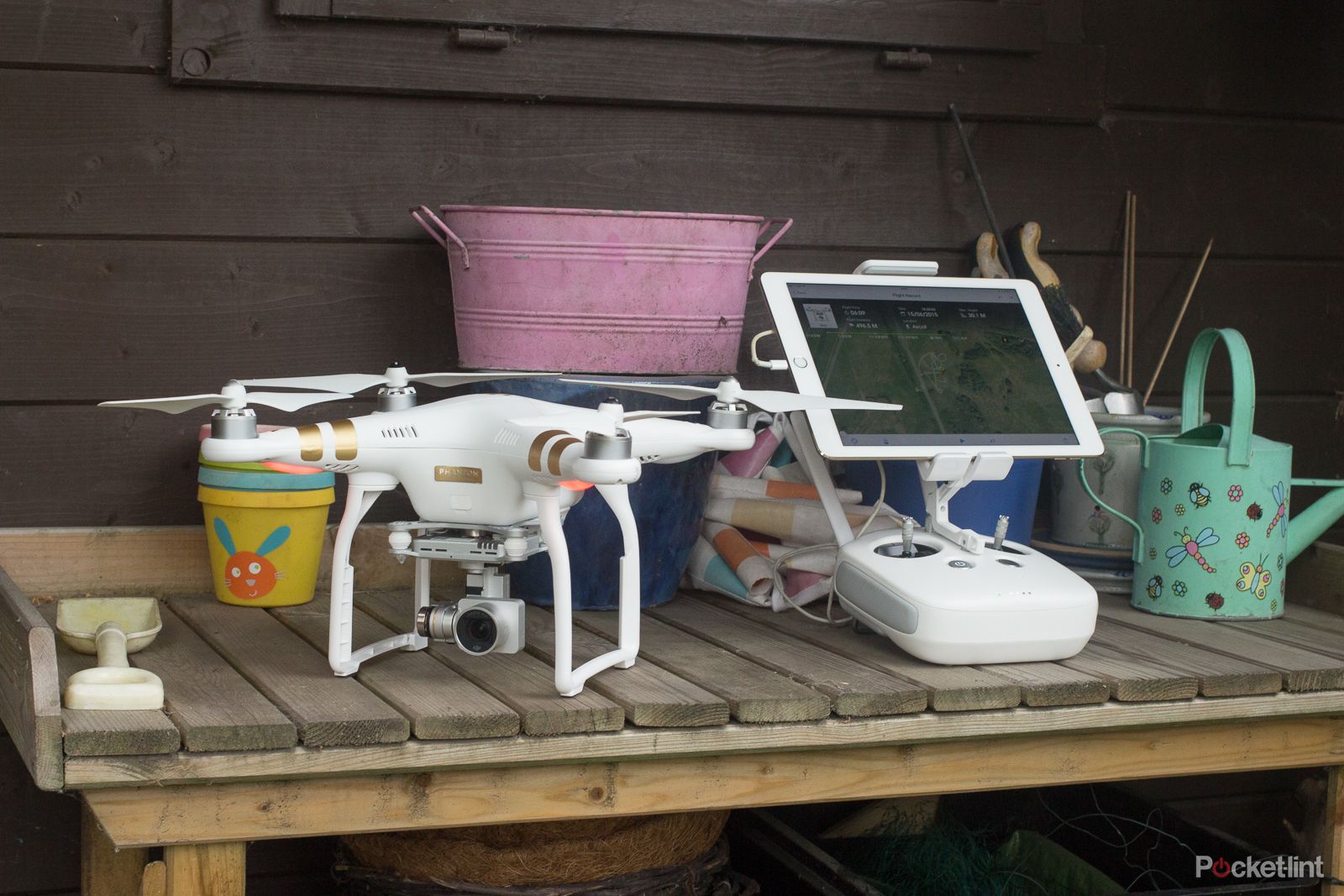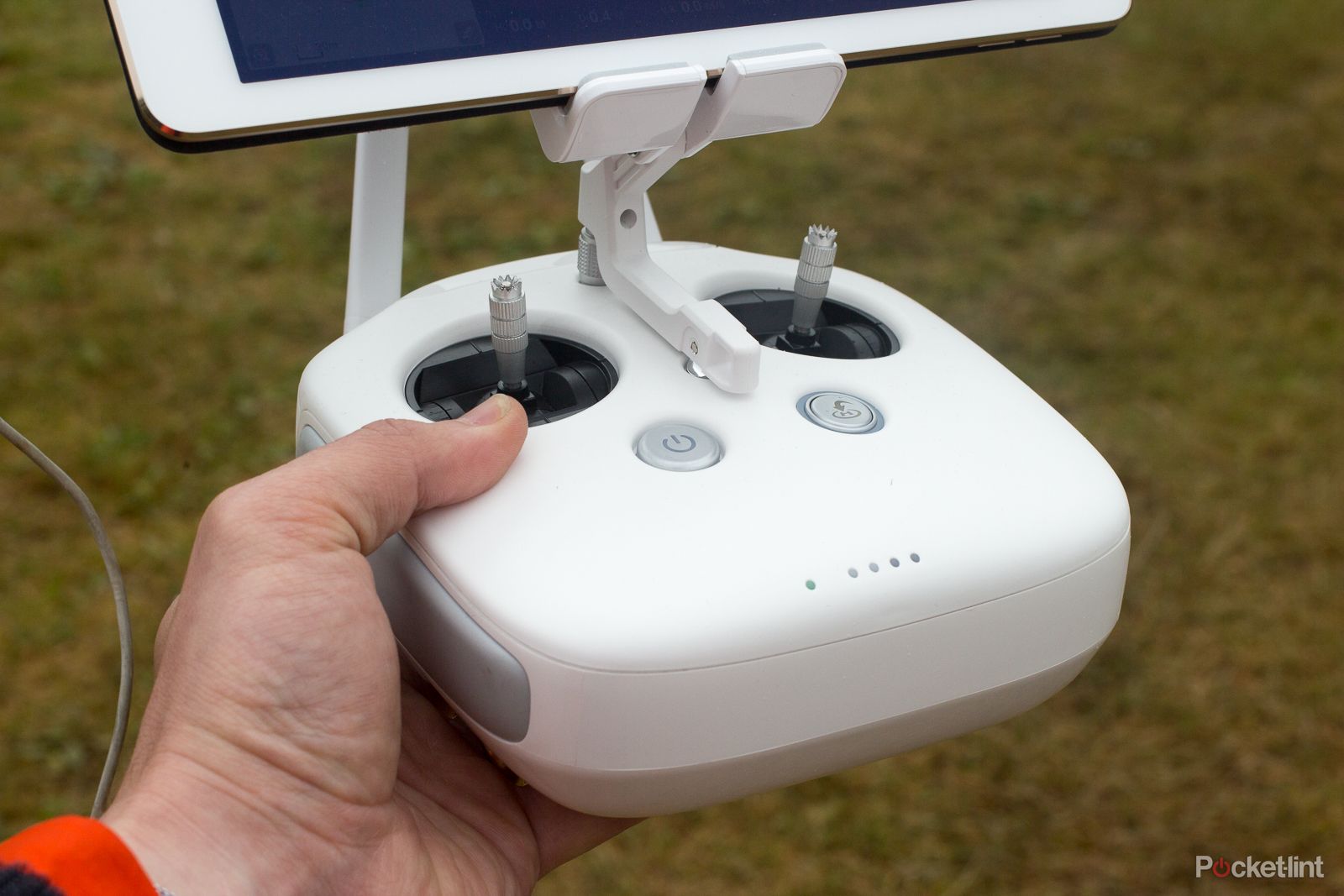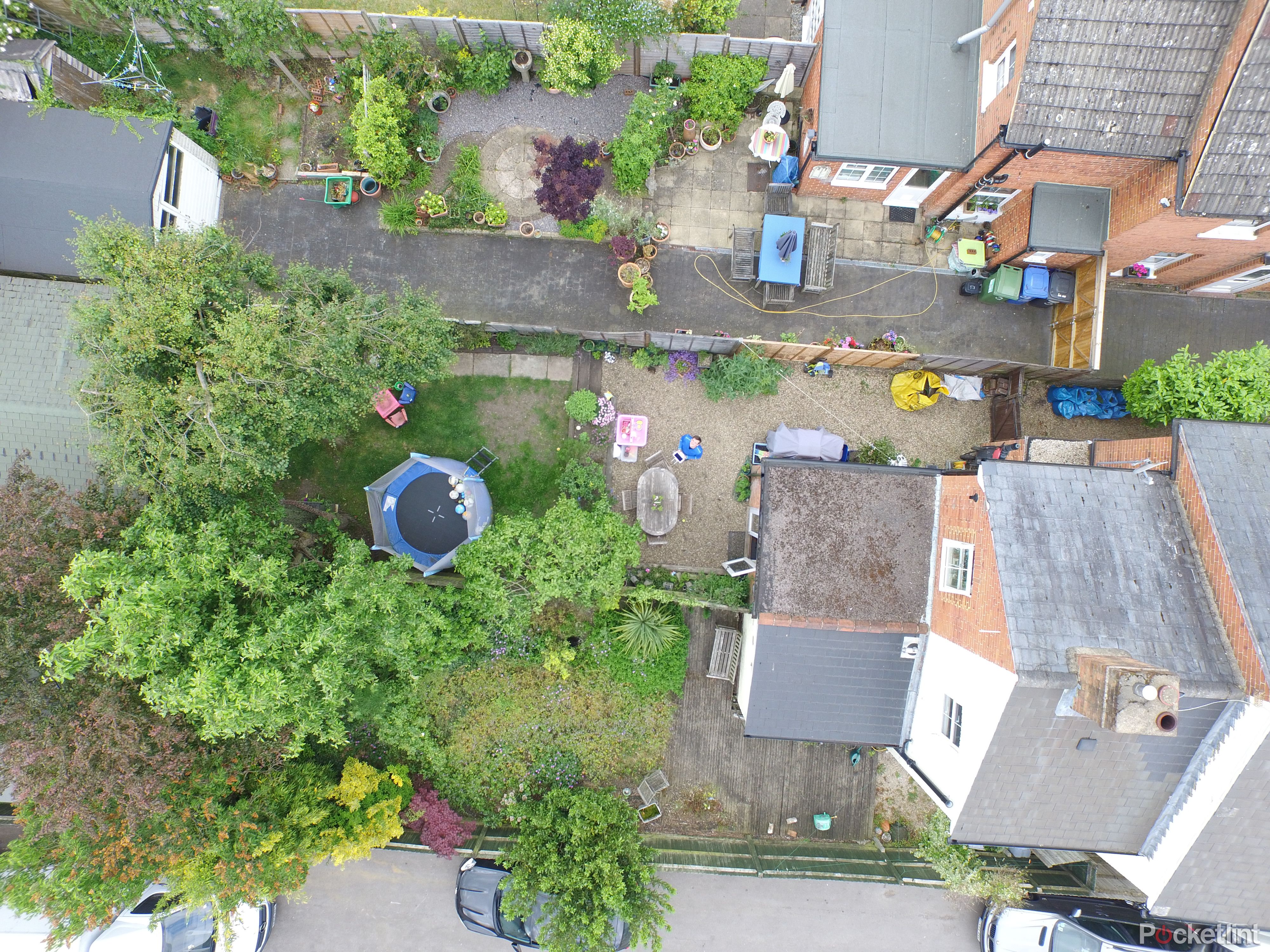Drones are really starting to take off (if you'll excuse the pun) with them turning up everywhere from conceptual futuristic home delivery services to TV news. So whether it's using them for fun, or for profesionally capture - and they've been used to record footage in wildlife documentaries, adverts and major Hollywood movies - one of the better known companies fuelling the excitement is DJI.
Our quick take
The DJI Phantom 3 Professional is a joy to use and one of the most accessible drones we've flown. The mass of pro-spec features, approachability and ease of use make this a real winner.
We could argue the catch is the price, but even at £1159 for the one-battery Professional option it's actually well priced for a professional 4K video capture tool. Of course you then need to factor in an iPad or Android tablet (we tested with an iPad Air 2) for the screen's live view.
There are cheaper drones on the market, of course, including DJI's own Standard version or lower ranges, but they come at the expense of ditching 4K capture, GPS and some other features.
In the DJI Phantom 3 it's really one of those "you pay for what you get" products. The clue's in the name: it says it's Professional and having used it we can't argue with that. It's a true 4K high-flier.

DJI Phantom 3 Professional - 4.5 / 5
| FOR | AGAINST |
|---|---|
|
|
Its latest drone, the DJI Phantom 3 Professional, is its most refined drone yet; a high-flier if you will. It offers 4K recording alongside a host of other features such as easy flying modes and even the ability to livestream to YouTube at the press of a few buttons. The Phantom 3 Advanced, which isn't the subject of this review, is the same body but with 1080p capture instead of 4K.
So is it the DJI Phantom 3 Professional the drone to go for if you're keen to capture the world in ultra-high definition?
DJI Phantom 3 review: Design
If you've seen the company's previous drone offerings - the Phantom 2 Vision drone, for example, which we reviewed back in 2013 - then on the surface the Phantom 3 doesn't look much different.
The drone consists of a main body with four propellers, landing legs to give it stability on the ground, and a camera fitted to a moveable 3-axis gimbal which is mounted beneath. No separate camera purchase required here.
Also in the Pantom 3's box is a large dedicated remote control that gives you all the functions you need to fly it, including the ability to hold, and even charge, a smartphone or tablet to act as a viewing screen.
Well made, the DJI Phantom 3 certainly looks the part and we like the fact you can quickly and easily remove the propellers to allow for tight packing in a rucksack - DJI even includes the option to buy one.
The battery, which is intelligent enough to tell you when it's running out, is easily accessible and swappable. Which is a good job, as with an estimated 23-minutes of life per charge you'll need to be ready to swap those batteries often. Spares can be purchased, including the Pro Professional two battery boxed option (yep, DJI is doubling-down on the use of pro) which costs a little more but is an obvious choice.
We found that battery performance does depend on what you are doing. Just fly and you'll get the most time out of it, capture 4K footage and you'll notice a dip, but we didn't feel at any point that we were ever in a worrying situation.
The only fiddly component to the whole Phantom 3 experience is changing the microSD card because the thing is so darn small, but it's no harder than doing it on any action cam.
Although the Phantom 3 is tricky to crash - yet we still managed it - we can happily report the unit is strong enough to take a bit of a beating on ground collision. Parts are replaceable if needed, so a damaged propeller doesn't necessarily mean it's the end of the world.
DJI Phantom 3 review: Pro camera
As mentioned the main reason to opt for the Professional model of the Phantom 3 (not the Advanced) is the ability to record in 4K. The footage is fantastic, though, helped along significantly by the drone's stabilising capabilities.
That's 3840 x 2160 pixels, with the option to capture of 24, 25 or 30 frames per second (fps). The unit also offers 12 megapixel stills. It's also possible to capture 1080p with the addition of 48, 50 and 60fps options, but nothing faster than that. As the Advanced model offers 1080p 60fps, we'd have liked the Professional to offer 1080p 120fps for some excellent half or quarter time playback.
With the Phantom 3, DJI has ditched the fisheye lens found on previous models which serves two main purposes in your favour: first, you won't need to worry about editing your final footage as heavily due to distortion; second, you're less likely to get the drone body appear in any shots. The lens offers a 94-degree angle-of-view which is somewhere around a 22mm equivalent (so it roughly "doubles" the standard human vision equivalent).
In addition to the recording capabilities it's also possible to livestream in 720p directly to YouTube. Yes, that breaking news story or kids party footage live to grandma who can't make it, will never be the same again.
Once you've captured some of the footage you can use the DJI Go app on your smart device (iOS and Android only), and in particular The Director feature that will edit together several clips for you to be shared immediately.
DJI Phantom 3 review: Flight performance
Regardless of whether or not you record 4K, one of the biggest features and successes of the Phantom 3 is its flight performance. It is so easy to get this drone up in the air and flying that you'll probably think you're not actually doing anything. Of course trained professionals will get even more out of it.
Hold the auto take-off button and the Phantom 3 will take off and then hover around 1m off the ground waiting for your next command. At the end of the flight there's a come home button that will bring it back to the exact same place you started thanks to on-board GPS. And for newcomers there's a safety mode that restricts its capabilities until you get more confident.
How confident? Like 1.2 miles away confident.
All the while, if you've opted to connect your phone or tablet to the accompanying controller you get live 720p high-def footage so you can see what's what and there are a plethora of stats presented on the screen so you can geek-out even further. The live view really makes a difference looks crystal clear at this scale.
In terms of camera controls, it's possible to rotate it at the press of a button to toggle between forwards and downwards, or the angles inbetween.
Once you have mastered flying, the controls make for a very smooth ride - with some practice anyway - ensuring that the DJI is one of the easiest drones we've flown to date; it certainly feels a lot easier than earlier models we've flown. Maybe we're just getting better, but intuitive controls can't be sniffed at.
Even indoors, and as long as you've got some space, you'll find it fairly easy to fly, although those propellers are so powerful that you will kick up any lose papers or dust that happens to be lying around. You untidy urchin.
To recap
In the DJI Phantom 3 it's really one of those "you pay for what you get" products. The clue's in the name: it says it's Professional and having used it we can't argue with that. It's a true 4K high-flier.


